Asus Zenfone 6 Review - Camera Review
Camera
A big phone with a not-that-big price
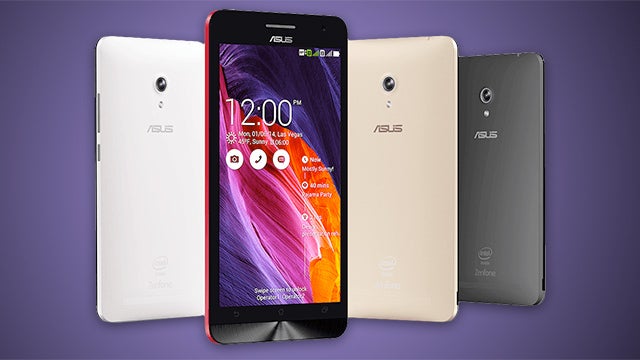
Sections
- Page 1 Asus Zenfone 6 Review
- Page 2 Screen Review
- Page 3 Software and Performance Review
- Page 4 Camera Review
- Page 5 Battery Life and Verdict Review
Asus Zenfone 6 – Camera
While a mid-price phone, the Asus Zenfone 6 has a reasonably high-end camera sensor. Its main camera uses a 13-megapixel camera, the sort of resolution seen in many of the top Android phones of 2013.
Where many phones use Sony camera sensors, we’re told the Asus Zenfone 6 actually has a Panasonic sensor of 1/3.06-inch size. That’s pretty good, especially when coupled with a fast f2.0 lens.
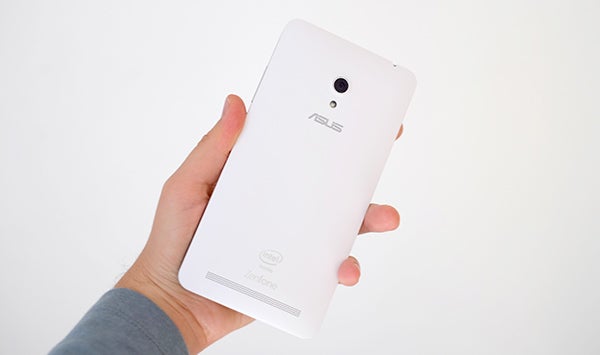
Having been perfectly happy with the Zenfone 5’s camera, is it really worth upping the price to fit in this sensor? We’re not entirely convinced. But the Zenfone 6 does make a good everyday camera.
Whether down to the increase in sensor resolution or another property, the Zenfone 6 is a bit slower than the Zenfone 5, though. There’s a good 2-second delay between shots, which is far slower than the 13-megapixel camera of, for example, the Samsung Galaxy S4.
Asus does provide a Turbo burst mode, which shoots at about 5fps at reduced resolution, but it’s no real substitute for slightly faster normal shooting.
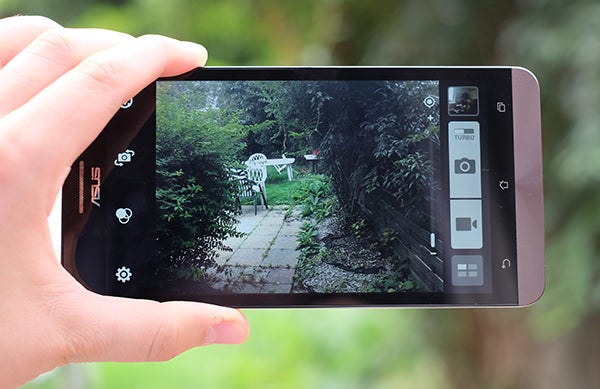
You get loads of extra modes, all relayed quite simply and clearly in a custom Asus camera app. As well as essentials like HDR, panorama and low-light modes, there are some more fun ones too.
The depth of field mode blurs out the background by taking multiple shots to separate near objects from far-away ones, and Time Rewind is a sneaky burst mode that captures shots before and after you hit the shutter button, just in case you missed the right moment. Not all the modes work perfectly, but there’s some fun to be had.

It’s a neat camera app, and a good effort from Asus. But what about actual image quality?
It’s good. There seems to be a slight tendency to underexpose a little, but the level of fine detail is at times substantially superior to what you get with the 8-megapixel Zenfone 5. With good lighting, there’s loads of fine detail, which generally only succumbs to a bit of grain rather than the kind of dithering that makes an image look quite unnatural when you get down to pixel level.
The Zenfone 6 also offers better colour reproduction than the Zenfone 5, lacking that phone’s yellow bias in some shades.
There is a bit of purple fringing and a little bit of struggling with very high light contrast, but we think this is a very good camera, especially in a £250 phone that does not really base itself around the camera at all.
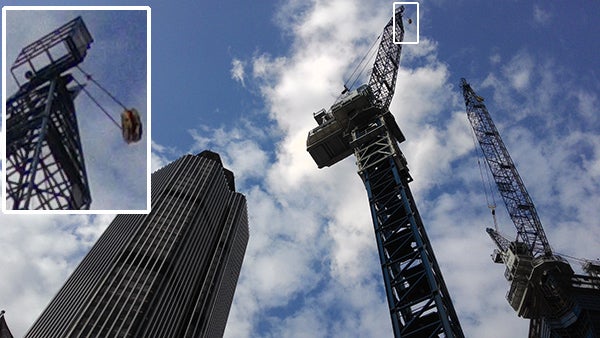
Some of the additional modes are extremely useful too. HDR is great for combating the issues mentioned regarding underexposure and scenes with high light contrast, and Asus’s approach to low-light photography in the Zenfone 6 is really quite interesting.
The phone offers two low-light modes. There’s Night, which shoots at full resolution and merely tweaks the settings so they’re optimised for low-light shooting, and then there’s the rather more interesting Low Light mode.
What this does is to downscale output from the Zenfone 6’s camera from 13 megapixels to just three megapixels, letting the camera harvest data from multiple sensor pixels to create a lower-resolution but more accurately-coloured final image. This, in tandem with mode increasing brightness/exposure compensation and a healthy dose of noise reduction, results in really quite clear photos even in terrible light conditions.
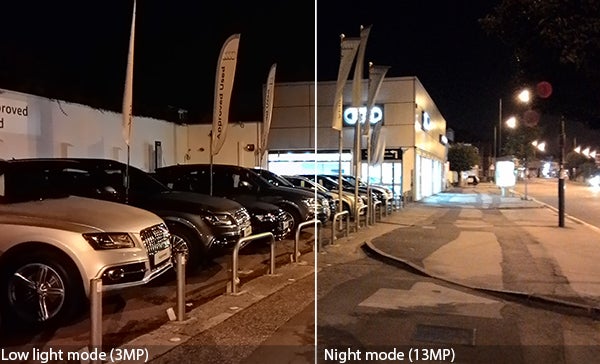
The Low Light mode shot here is far, far better than the higher-res Night mode one

Night mode does come in handy sometimes, though. Here the higer-res Night mode pic has retained a decent amount of detail.
They obviously don’t offer masses of detail, but then the finer details in low-light mobile photos are generally so ugly you wouldn’t want to crop into them anyway. Until we get mobile cameras that can provide results on par with a good compact like the Sony RX 100, this is what good low-light mobile photography is all about – clean photos with reasonably natural colours. It’s good work on Asus’s part.
How we test phones
We test every mobile phone we review thoroughly. We use industry standard tests to compare features properly and we use the phone as our main device over the review period. We’ll always tell you what we find and we never, ever, accept money to review a product.


